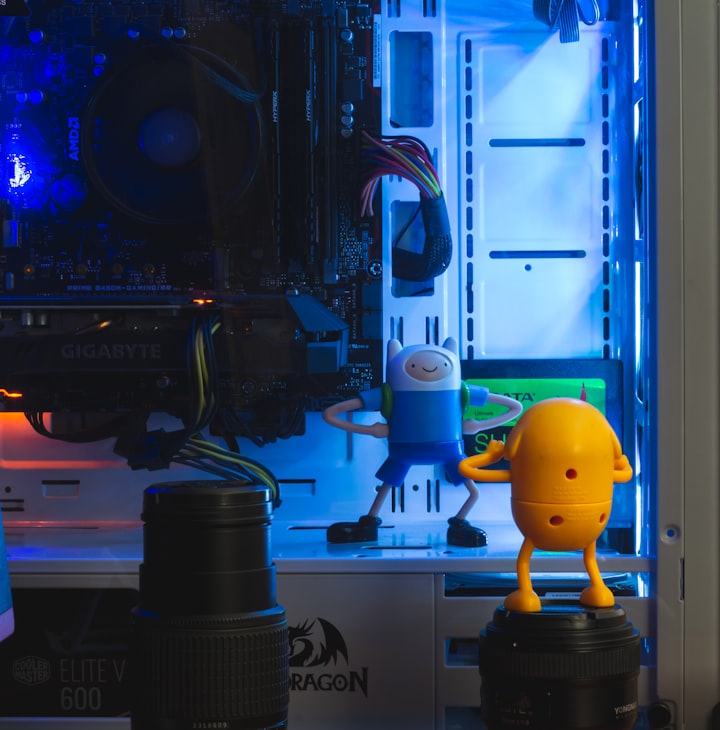
Sober Living homes are available for those seeking sobriety. The cost of living in a sober living home is dependent on the type of sober living facility and the type of program that is being offered. You may also want to consider the Rules and the support services offered by these homes. The following is a guide to sober living and how it works. Hopefully, this information will assist you in making the best decision for you.
Cost of sobriety
One study explored the motivations of people who enter recovery homes. In both the short and long-term, it found that perceived costs and benefits were more important early in recovery than later. Despite the benefits of sobriety, people often see them as costly, and the perceived costs of substance use can be a barrier. A recovery home manager believes that family pressures are the most common motivator. Young people who are financially dependent on parents often feel that these pressures may increase their motivation to stay sober.
One study found that high costs were a strong predictor of increased substance use. While higher benefits scores predicted better alcohol and drug outcomes, the effects were less consistent. In fact, the cost scale was resilient. For example, the cost scale was particularly strong among people with high psychiatric severity. Hence, these studies show that the cost scale should be considered in drug rehabilitation and treatment. However, there are many ways to measure the cost of sobriety.
Cost of sober living homes
The cost of sober living homes varies from community to community. The price may include a one-time administration fee, security deposit, or first and last-month's rent. For non-monthly moves, you may need to pay a prorated amount of rent. About 38% of sober living homes require that you pay your last month's rent in advance. Some of the more expensive sober living homes require that you pay the full month's rent at the time of moving in.
The cost of sober living homes varies by location and facility, but the average cost for a single-bedroom in Florida is $221 per week or $884 per month. In other states, the average cost is $650 per month. However, costs may vary. For example, in California, sober living homes tend to be more expensive than their Florida counterparts. Regardless of where you live, it's important to get a complete picture of the costs involved before making a final decision.
Rules of sober living homes
The rules of sober living homes are different for every facility, but there are common characteristics that all of them share. As a rule, residents sign agreements to follow these rules, and breaking them could result in fines or even being kicked out of the home. Depending on the situation, rules may also require residents to do community service or attend daily 12-step meetings. In addition, all sober living homes have zero-tolerance policies for sexual misconduct. Additionally, residents must submit to random drug tests and must prove they have been sober for at least one year.
While sober living homes can offer a welcoming and supportive environment for recovering addicts, they can also hinder those in recovery with their restrictive rules. Most of these facilities have strict curfews and expect residents to be sober and make regular payments on their residential fees. Applicants with a criminal record will be denied entry to most of these facilities. Typically, residents are required to stay for 12 months. Some sober living homes do not accept applicants who have a criminal history, but there are some exceptions.
Support provided by sober living homes
A sober living home offers its residents a number of advantages. For one thing, they are surrounded by people who support their recovery. On-site managers live with tenants to provide constant support, while house meetings and chores ensure that residents stay on top of their commitments. Also, some sober living homes are connected to treatment centers and employ alumni of these programs to provide extra support. These alumni have firsthand knowledge of the challenges associated with addiction and know what it takes to recover.
Sober living homes are non-medical settings that provide a substance-free environment for recovering individuals. The residential setting helps them transition back to a normal life and establish new relationships outside the rehab program. These homes can be short-term or long-term and provide the support and freedom needed to maintain recovery. Sober living is an excellent option for people who have recently finished treatment and want to return to normal life. In addition to helping the resident find employment and a school, a sober living home can provide a safe environment where they can meet other people in recovery.





Comments
There are no comments for this story
Be the first to respond and start the conversation.